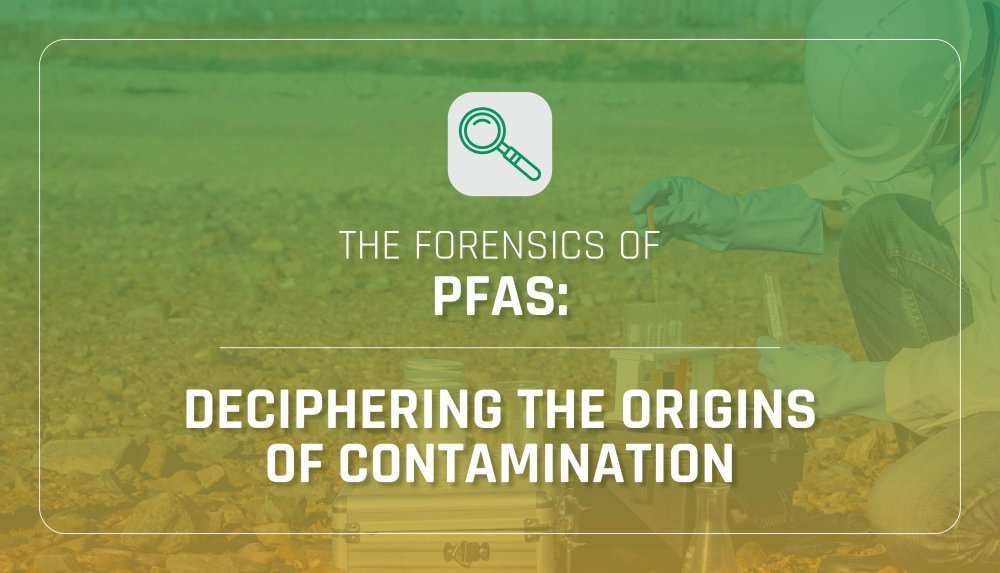PFAS Forensics: Deciphering the Origins of Contamination
May 1st, 2024

PFAS are ubiquitous in our modern world, found in a vast array of products and industrial processes. When contamination is detected, pinpointing its origin becomes crucial for effective remediation and accountability.
Imagine two factories situated in close proximity. Both may contribute to the local groundwater contamination, but PFAS forensics can help discern exactly which factory is the larger contributor. This is akin to tracing the fingerprints of pollutants back to their source, providing invaluable insights into the timeline and responsible party.
Source identification and fingerprinting is a fundamental aspect of PFAS forensics. By analyzing the composition and concentration of PFAS compounds, experts can determine if a PFAS plume is related to one or more sources, shedding light on other PFAS sources in the area. This analysis offers a glimpse into the past activities that led to present-day pollution and can help identify other sources of PFAS in the area that may be contributing to a larger problem.
A particularly complex scenario arises when dealing with co-mingled plumes. In such instances, PFAS forensics play a critical role in untangling the web of contributors and assigning responsibility to the source(s). By analyzing the chemical signatures and spatial distribution of PFAS compounds, investigators can differentiate between sources and find the pathways through which contamination spreads.
The applications of PFAS forensics extends far beyond traditional industrial sites. Airports, fire-training academies, manufacturing facilities, landfills, incinerators, military bases, and even agricultural areas may harbor PFAS contamination, posing challenges for identification and remediation. Through analysis and interpretation of analytical data, PFAS forensics provide a roadmap for finding and remediating sources.








